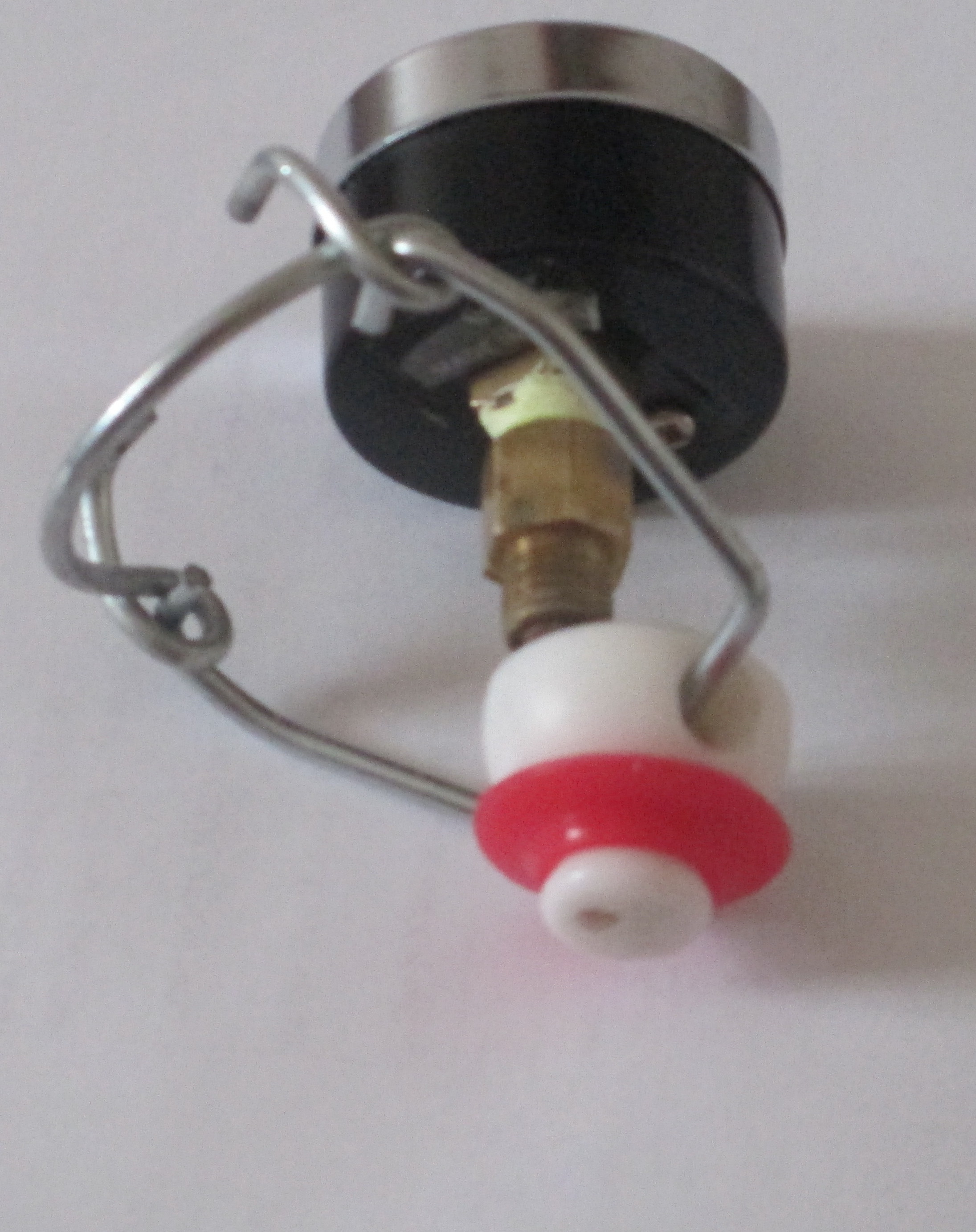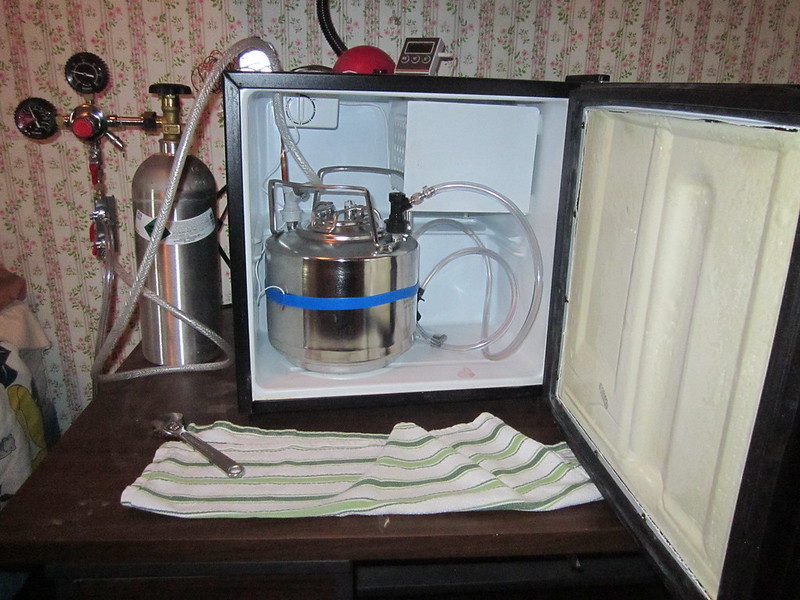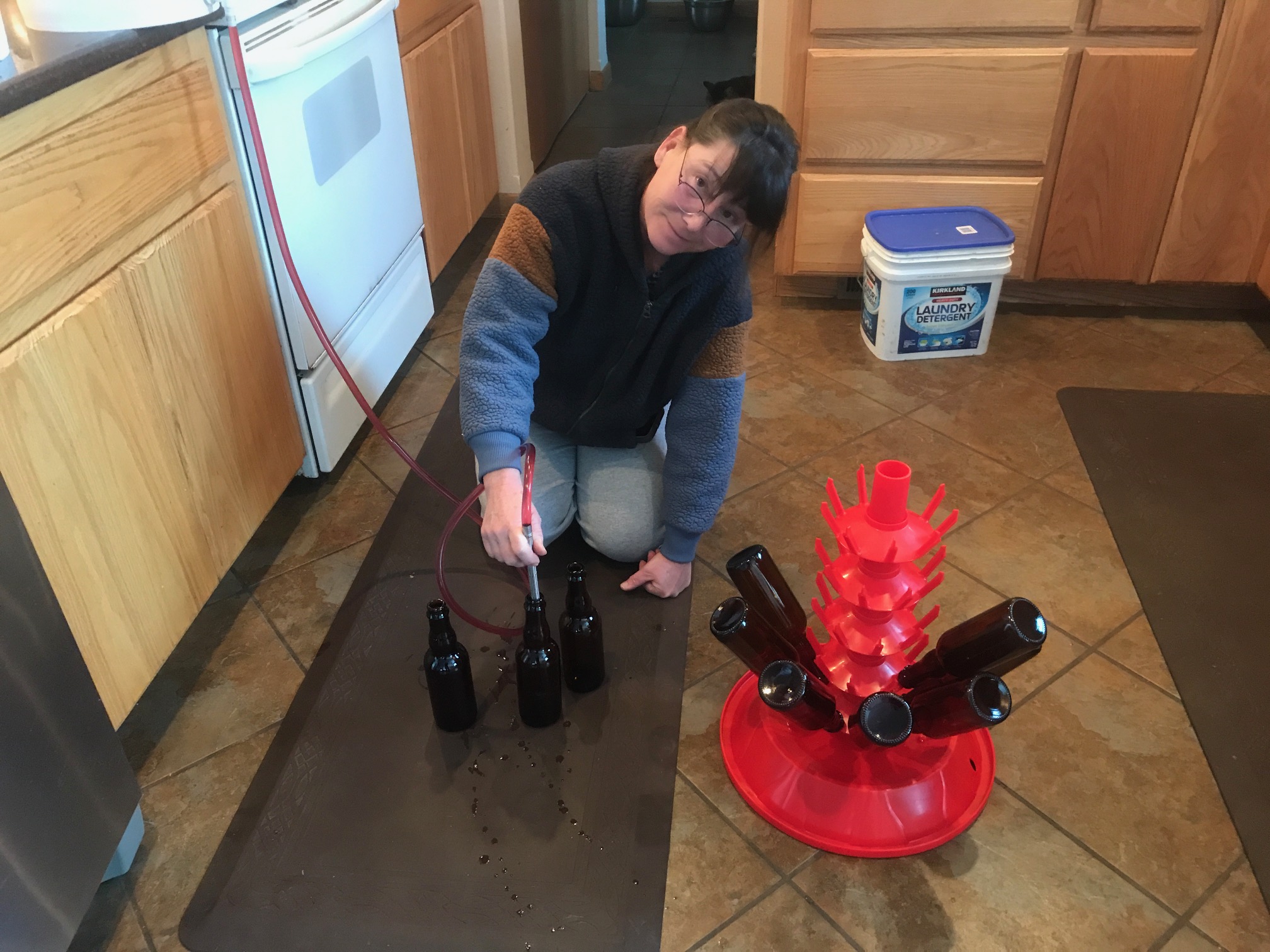Sup everyone. I've been cruising the forums a bit, but it's come to the time I need to ask more specific questions. Feel free to pop in with any advice or experiences.
I want to make a sweet, bottle carbed cider. I don't have the gear or funds for force carbing, and I hate the taste of sweeteners (especially Stevia ). I have had it suggested I use Lactose or Maltodextrine, but I was reading about pasteurization and feel like that will do the trick.
). I have had it suggested I use Lactose or Maltodextrine, but I was reading about pasteurization and feel like that will do the trick.
So here's my plan.
Ferment with OG of 1.080 aiming to bottle at 1.030 for a few days worth of carbing (sans primer), then pasteurize as per Papper's method (gonna experiment on how long to leave it to carb prior, trialing bottles at 3 days, 5, 7 and 9 days).
Logic behind the 1.080 is this; I am aiming for a decent 8% and figure ABV estimates are probably determined by the difference between OG and 1.000. So by pulling early (and assuming the bottle carbing will continue to drop my sg at about 0.005 a day until the yeasties nom all the sugar or I kill em) I will have roughly the same alcohol generated as in a 1.060 OG left to full dry.
I guess my first question would be, does anyone see anything glaringly wrong that I've missed?
Is there any inherent difference between bottle carbing a brew at 1.030 and say adding primer? To my understanding you essentially are just feeding the yeasties so they can carb the bottle, and the few grams used would probably equal an sg increase of about 0.01 depending on the size of the bottle considering the volume is it likely to carb faster either way?
is it likely to carb faster either way?
Also, someone mentioned the boiling point of a water/ethanol mix (approx 199F for a 10% ABV). How do you determine that? (Newbie question I know, but all the things I could find are for high concentrations of ethanol and distillation, which is NOT what I'm after).
I appreciate any help you can give
Chris
I want to make a sweet, bottle carbed cider. I don't have the gear or funds for force carbing, and I hate the taste of sweeteners (especially Stevia
So here's my plan.
Ferment with OG of 1.080 aiming to bottle at 1.030 for a few days worth of carbing (sans primer), then pasteurize as per Papper's method (gonna experiment on how long to leave it to carb prior, trialing bottles at 3 days, 5, 7 and 9 days).
Logic behind the 1.080 is this; I am aiming for a decent 8% and figure ABV estimates are probably determined by the difference between OG and 1.000. So by pulling early (and assuming the bottle carbing will continue to drop my sg at about 0.005 a day until the yeasties nom all the sugar or I kill em) I will have roughly the same alcohol generated as in a 1.060 OG left to full dry.
I guess my first question would be, does anyone see anything glaringly wrong that I've missed?
Is there any inherent difference between bottle carbing a brew at 1.030 and say adding primer? To my understanding you essentially are just feeding the yeasties so they can carb the bottle, and the few grams used would probably equal an sg increase of about 0.01 depending on the size of the bottle considering the volume
Also, someone mentioned the boiling point of a water/ethanol mix (approx 199F for a 10% ABV). How do you determine that? (Newbie question I know, but all the things I could find are for high concentrations of ethanol and distillation, which is NOT what I'm after).
I appreciate any help you can give
Chris
Last edited:










